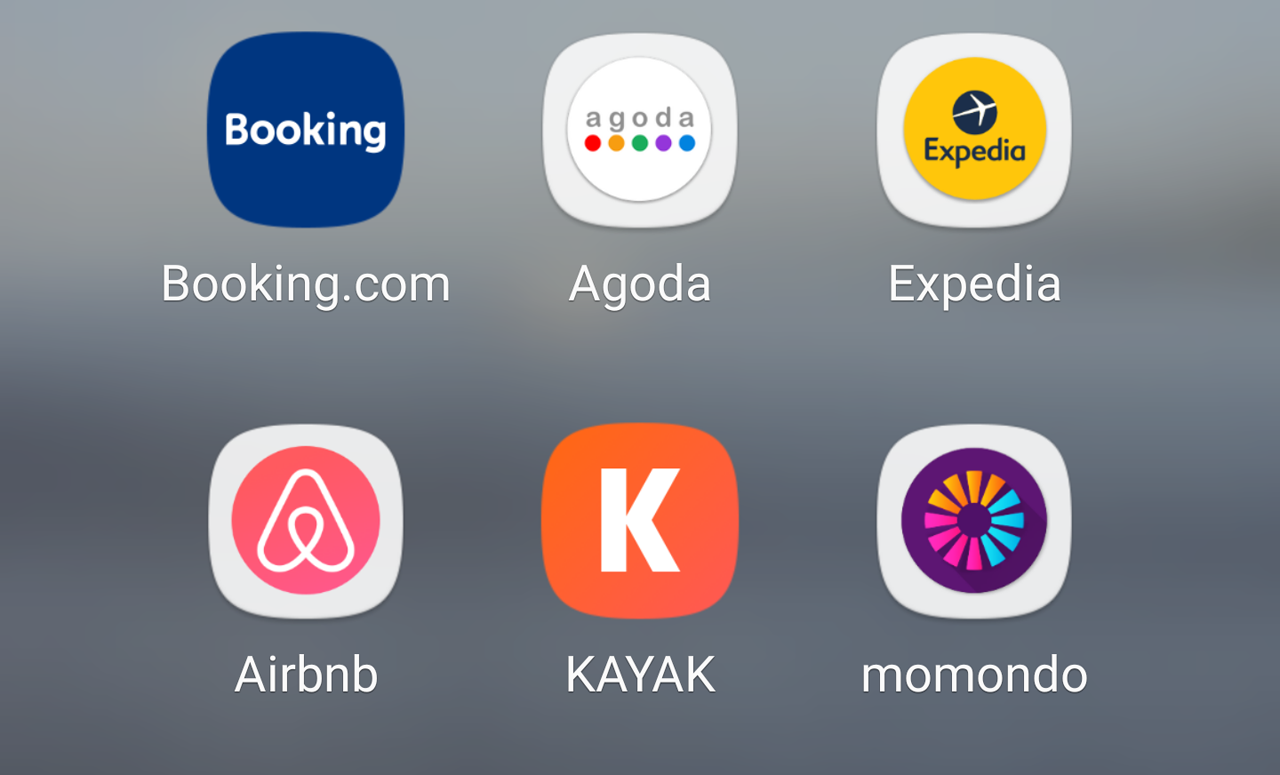This is the second of two posts offering advice on which apps to use for travelling, near or far. This post deals with travel apps categorised as Hotels and flights, Local transportation, Communication, and a special section simply called Handyman.
The other post concentrates on the very basics: Maps and navigation and Guide(books). All apps are available for free on Google Play (Android devices) and, I believe, also on Apple’s App Store (iOS devices).
Hotels and flights
Back in the old days I would go to a travel agency to buy a flight ticket and I would wander the streets of a city looking for a hotel or hostel with a decent and cheap bed. That was in 20th century. Since 2000 I have booked my flights and accommodation online, and since 2010 also with the use of travel apps.


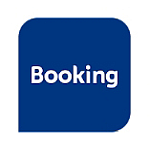

Hotel apps
There are four apps I have been using over a number of years: Booking, Agoda, Airbnb and Hotels. I normally use the websites of all of these on the planning phase of a trip, that is, before I go. On the other hand they are also good to bring along once the booking has been made.
Agoda is particularly good in Asia while Booking has a global presence and is I suppose the biggest. The Booking app offers destination guides, and very useful information about bookable and booked accommodation.




Flight (and hotel) apps
Expedia, Kayak, Momondo and Skyscanner are websites I use to find flights (and accommodation). Their apps are downloaded but rarely used.
Norwegian users, like me, very often use a website called Finn to meta search other search motors for cheap flights, accommodation, rental cars and more.
One last tip: I often check several hotel and flight search engines to compare prices, but I also check directly with the airline and hotel. They might offer better fares simply because they are unwilling to pay for the high commissions companies like Booking.com charge. If you are a member of one of the airline mileage clubs or hotel networks, you are almost certain to check their website for promotions.
Local transportation
In a historical context finding out how to get on wheels from A to B in a big city, how to pay for the ticket and how much, has been a constant challenge for travellers who roam from place to place, country to country. Not to say what you should do to avoid being ripped off by semi-criminal taxi drivers. Well, now there are apps for that as well. Some that I have used before are no longer in operation though.
Of course, guidebooks offer invaluable information about this too. Then there are apps. Apps from local public transportation providers are available from a growing number of places, in particular big cities. I have downloaded, entered my credit card numbers and used them where ever I have travelled during the last few years. After that I have uninstalled them. These apps are configured to pay for trains, trams, buses, or metro in a city, and sometimes they also include timetables. Timetables are often covered by Google Maps. The most important thing is that payment is made so easy, and you avoid the language obstacle involved in buying a ticket from an obscure kiosk somewhere near the bus stop.
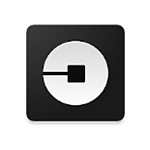
Uber is a taxi app and service that is easy to use, cheap, convenient and fast – provided they actually have a running operation where you are going. Particularly in Europe there have been some problems for this company to comply with government regulations and therefore their services have been discontinued in several countries. In Europe Bolt is a service provider of the same kind.
Communication
Many years ago I would write lengthy airmail letters to my family back home on long journeys, or send a postcard on shorter holidays that would arrive after I had returned home. Later I would write an email from an internet cafe. These days I make a phone call, a video call, or simply share my adventures on social media. Here are some more travel apps to consider.

Postcards
Actually, I have been sending postcards even in the digital age. Some years ago I tried several services like the Swedish Postkortet and the American Postagram. They both offer(ed) the opportunity to include a picture or collage from your smart phone, write a text and choose a name from your contact list. Their services are cheap, reliant and offer only one drawback: The postal stamp is not from the place you send it from. I mailed a postcard from Myanmar to Norway, but it was stamped Sweden. It has been a while since I used them.
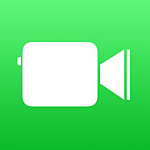



Calls
Direct and online communication with your home and everybody else is also very easy. There are several service providers in this field, but in the world of modern-day apps, some come and some die. I used to have Skype, Duo and Viber, but no more. Now I have Facebook’s Messenger and WhatsApp and Apple’s Facetime. The problem is that the person you are calling, be it audio or video, needs to have the same app. Facetime is only for the Apple-people. It is possible to call a landline from these apps only in premium plans. Making local phone calls is therefore still a challenge if you find yourself in a different country and are unwilling to pay for a phone call.
Local SIM cards
For several years it was a must to get hold of a local SIM card as soon as you landed in a distant country. That is, if you wanted to roam the Internet by way of the local mobile network and not pay exorbitant sums for it. Many would prefer to use providers of Wi-Fi in Internet cafes, airports and hotels instead. Such free services came at a cost of another type, they were vulnerable to security breaches.
A local SIM card would be both safer and in the long run cheaper. There are exceptions of course. One is that your employer pays for your roaming plan while you are abroad. Another exception is the recent regulation in Europe at least, where you will not pay more in another EU/EEC-country than you would at home.
For some, and some places, the purchase of a local SIM card is wise. But instead of hunting down a shop selling these physical cards at the airport or near a train station, you have another opportunity. I’m talking about an eSIM.
eSIM
An eSIM is an industry-standard digital SIM that allows you to activate a mobile plan from your service provider without having to use a physical SIM. Your phone will have to be a rather modern one and your service provider must not have put any restrictions on it. If you are good to go, there are a number of companies to choose from, Airalo and Holafly for instance.

I have experience with Airalo only, and only once. It worked perfect. I did just what they said: I downloaded the app, chose a destination and package, installed an eSIM and finally activated it when I landed. Piece of cake.
The possible downside is that you can’t use an eSIM to make local calls. Very few come with a local phone number. You will have to use your other communication (Internet based) apps.
Handyman
Going abroad is sometimes challenging. There is another currency, they speak another language, and they use different measures. Of course, there are travel apps for that as well.
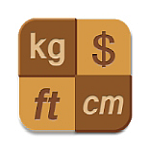

XE Currency is in my opinion the perfect app to easily convert a number from one currency to another. All the world’s currencies are included and it very easy to use.
Most countries have adopted the metric system, but some still adhere to archaic measures – like the US and UK. The Unit Converter calculates what a speed limit of 100 km/h means in mi/h. Apart from that any smart phone would have a Calculator installed.
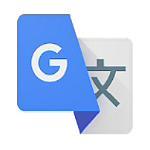
Google Translate is getting better and better. I have been using the camera function to translate what is written on a poster, but I have not yet trusted it to be my oral translator.
One would suppose that any smart phone comes with apps like a sound recorder and notes taker. I have been using the sound recorder to record my diary and impressions from a day or multiple days of travelling. Admittedly, I have also used it to record excerpts from concerts, music performances and the like.
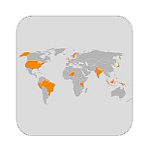


Strava is basically a training app, registering how many calories you have burned, how fast you have moved and for how long. One could also use it to track one’s movement in a city centre for whatever purpose you’d like. There are a number of options inside the app and on the website.
Yr is the best weather app. It is Norwegian based but with data from all over the world.
Been is an app where you tick off the countries you have been to, and the result is displayed on a world map. Nice to have.
Read more
Now: Read the other post concentrating on travel apps with the very basics: Maps and navigation and Guide(books).
Find the travel apps on Google Play or App Store.
This article was first published in 2018, but I update it once in a while. See the heading for the date of the last modification.

